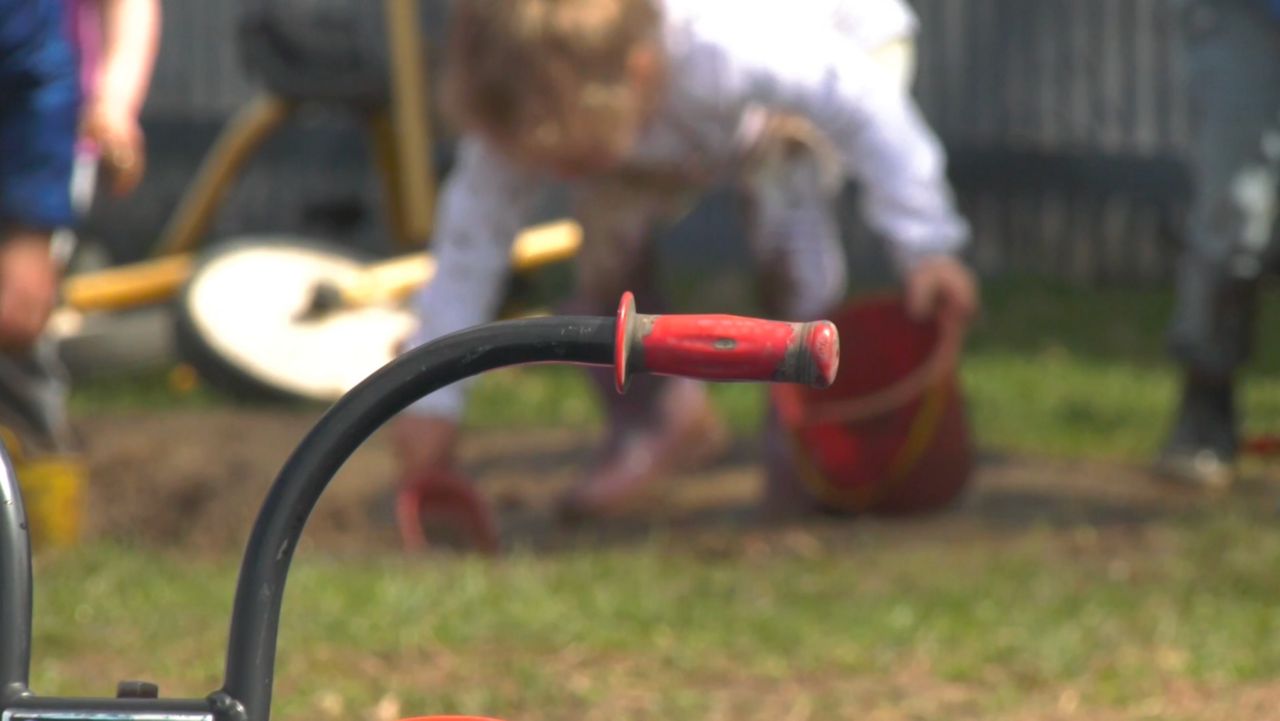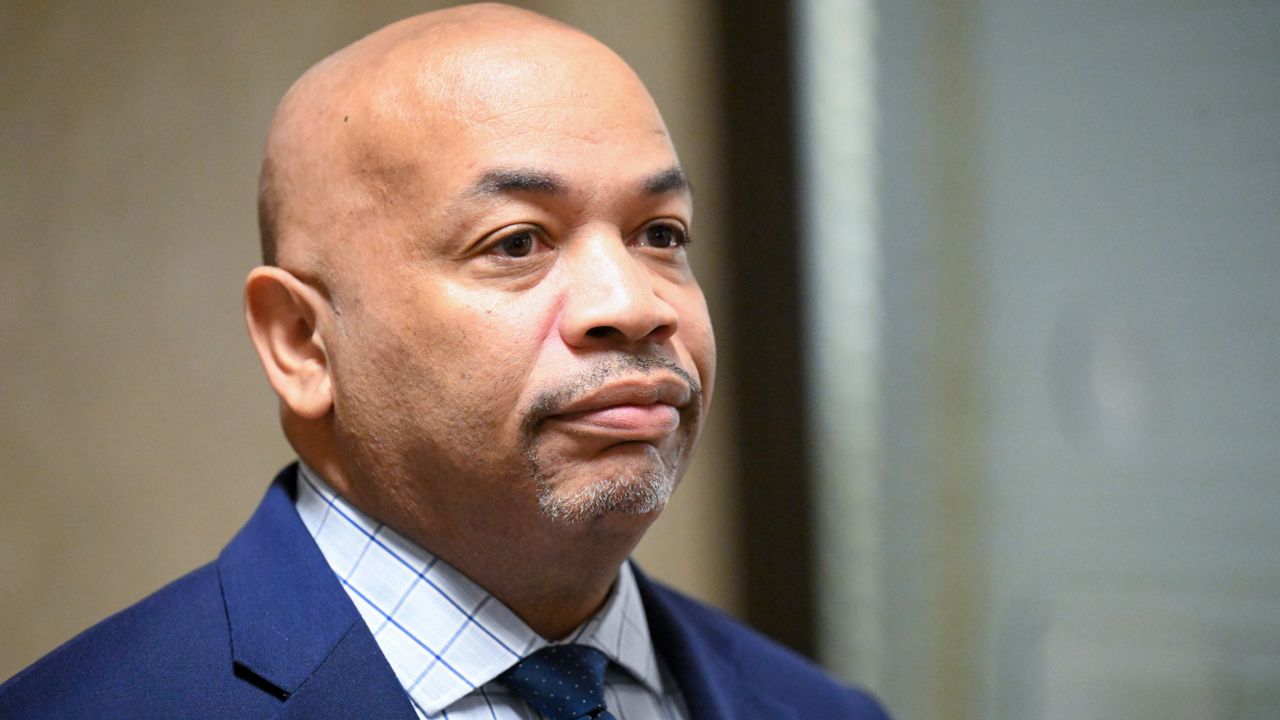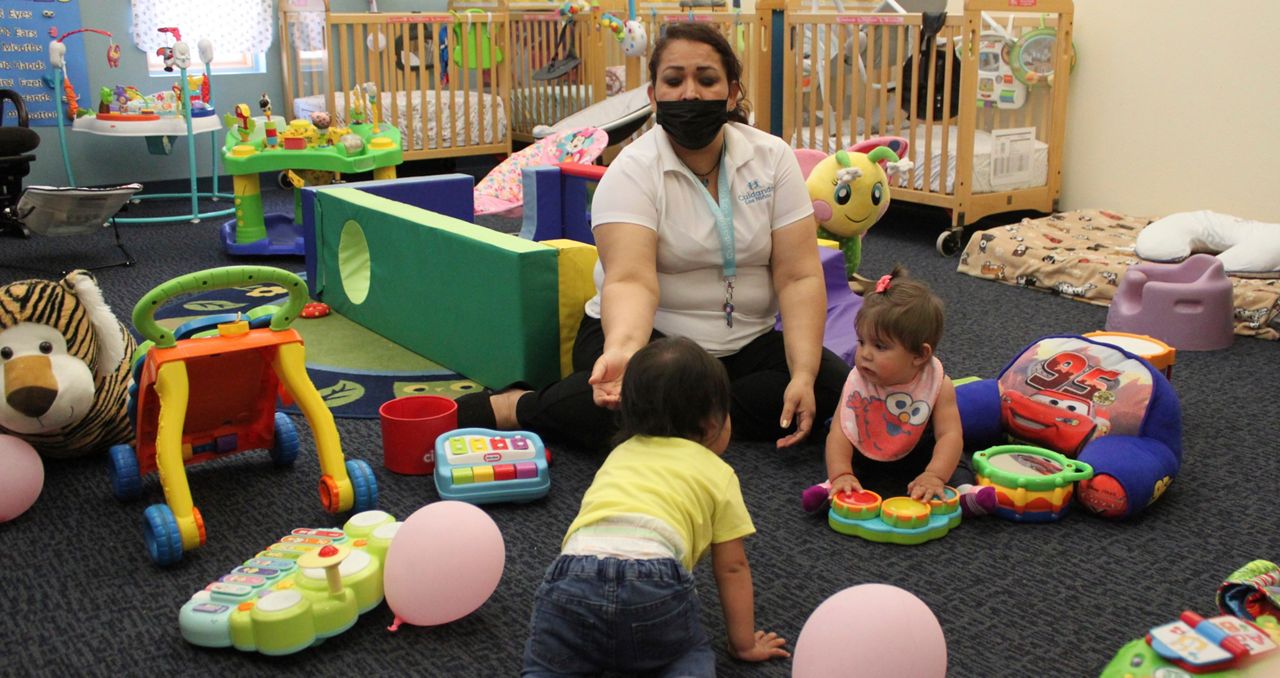Health officials are reporting an uptick of flu, COVID-19 and norovirus after the holiday season, leaving some hospitals overwhelmed as bed capacity dwindles across New York state.
As of Wednesday, according to the state’s Department of Health, 13% of the hospital beds in New York state were available. That’s been the story for at least a week with many hospitals implementing restrictions for visitors in an effort to slash the rates of infection.
More than 24,000 New Yorkers were battling the flu to ring in the new year. According to the state Health Department, more than 1,000 were hospitalized.
“We see various illnesses,” said Dr. Harris Ahmed of St. Joseph’s Health Hospital in Syracuse. “More so in this season, in this weather.”
A surge in respiratory syncytial virus, COVID-19 and norovirus is putting additional pressure on medical facilities across the state.
“We’re still in the part of the season where cases are rising every week,” said Dr. Joshua Drake of Samaritan Hospital in Troy. “Unfortunately, as busy as the hospital is right now, it will probably only continue to get busier.”
Some of the most pressed areas of the state include the Mohawk Valley, Central New York and the Finger Lakes region, where only 8% of hospital beds were available.
Looking into the state’s hospital bed capacity report, at intensive care unit beds specifically, there is roughly 15% of those available as of Wednesday.
“Every person who is coming into the emergency department is quickly seen by a provider,” Ahmed said. “Their work up is started and then based off of how they’re presenting their assigned acuity.”
Experts are encouraging people to get vaccinated against the flu and COVID-19.
“There are two things that are really important,” Drake said. “One is knowing what to do if you get sick with the flu, COVID or RSV, and the other is to recognize warning symptoms that tell you that you should come to the emergency room.”
Most symptoms are minor and can be treated with a visit to an urgent care facility, some rest and over-the-counter remedies.
“If at any point you’re sick with any one of these illnesses and you develop severe chest pain, difficulty breathing, if you pass out at any point, if you’re vomiting uncontrollably and you can’t keep anything in your stomach, or if you start coughing up blood, those are a couple warning signs that you should be on the lookout for that you should come to the emergency room,” Drake said.
With the uptick, hospital leaders are asking for patience.
“Our number one priority is to take care of everybody,” Drake said. “Unfortunately, just like the people in the community, the people in the hospital are getting sick as well.”












